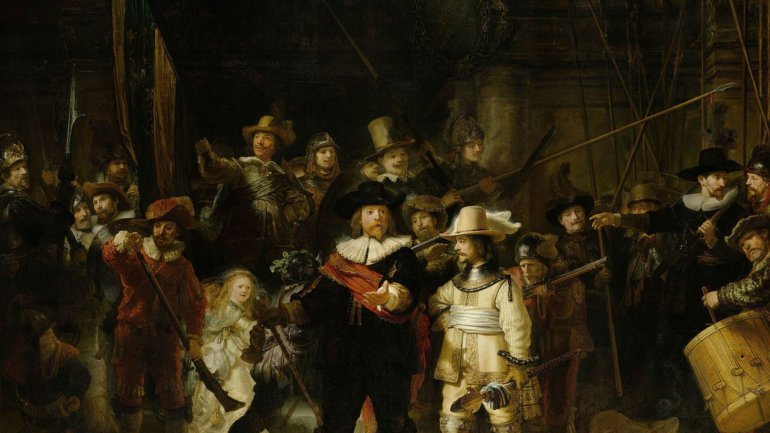In the previous episode, we discussed Giotto, the father of Renaissance painting. Today, we will explore an architect and one of the most significant buildings of the Renaissance.
The Basilica of Santa Maria del Fiore holds immense importance for the Renaissance, and its designer, Filippo Brunelleschi, profoundly influenced Renaissance painting as well.
Filippo Brunelleschi: The First Architect of the Renaissance
- The Basilica of Santa Maria del Fiore, the cathedral of Florence and one of the five largest churches in the world, is the most significant building of the Renaissance, marking the beginning of Renaissance architecture. However, for over a century, it was an incomplete project, a “construction left unfinished.” Construction began in 1295 and was only completed in 1469, taking 175 years in total to finish.
- The cathedral remained incomplete primarily due to the immense difficulty of constructing its dome. The eventual solution was a masterpiece by Brunelleschi. Interestingly, Brunelleschi was not a formally trained architect; he was originally a goldsmith and had no formal education in architecture. Unaware of the daunting challenges of dome construction, he boldly took on the task. Over thirty years, from 1420 to 1450, he finally completed the dome.
- The dome’s construction was exceptionally challenging due to its vast diameter. The main obstacles included:
- Italians’ disdain for adopting Gothic architectural techniques, which were popular in Europe but associated with the northern tribes that had once overthrown their civilization.
- The loss of ancient Roman cement technology during centuries of conflict, making it impossible to replicate domes like the Pantheon.
- Completing the dome was a pressing issue for Florence at the time. During the Renaissance, Italy was not a unified nation but a collection of rival city-states. Cities often competed with each other by building grand cathedrals, which were considered the centerpiece of any city. The Basilica of Santa Maria del Fiore, as Florence’s iconic structure, remaining unfinished for over a century, was a source of embarrassment for its leaders.
- Brunelleschi ingeniously resolved the challenge, completing the dome and giving it a Roman-style circular appearance. His solution combined Gothic and Roman elements. In essence, he used ribs to outline the dome’s structure and filled the gaps with lightweight materials, giving the dome a Gothic skeleton and a Roman exterior.
- He also employed a “hollow dome” technique, creating an inner and outer shell of thin materials to reduce the overall weight and lessen the pressure on the walls. This hollow structure also allowed access for maintenance.
- During the thirty years of construction, Brunelleschi spent 16 years building the dome and another 14 years constructing the lantern on top. Sadly, Brunelleschi passed away before the cathedral was fully completed. To prevent his designs from being stolen, he memorized all plans, leaving behind no design drawings.
- The Basilica of Santa Maria del Fiore laid the foundation for Renaissance architectural style, and its dome became an unparalleled achievement. The methods Brunelleschi pioneered were adopted in all subsequent dome constructions. Furthermore, he contributed a critical technique to Renaissance painting—linear perspective. Without perspective, Renaissance painting as we know it would not exist.
The Different Names of Florence
“Florence” is the English translation of the city’s name, but in Italian, it’s called “Firenze.” In the poetic translation by Xu Zhimo, the city takes on a more romantic and artistic name: “Fei Leng Cui” (翡冷翠), which evokes an air of elegance and charm.
Next time you talk about Florence, try saying, “I once visited Fei Leng Cui.” It’s sure to make you stand out and leave a memorable impression!


